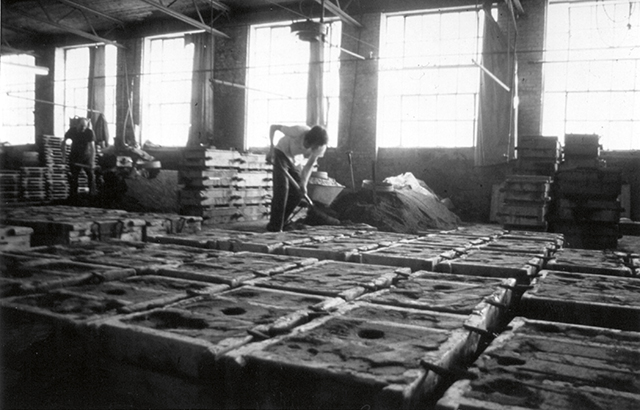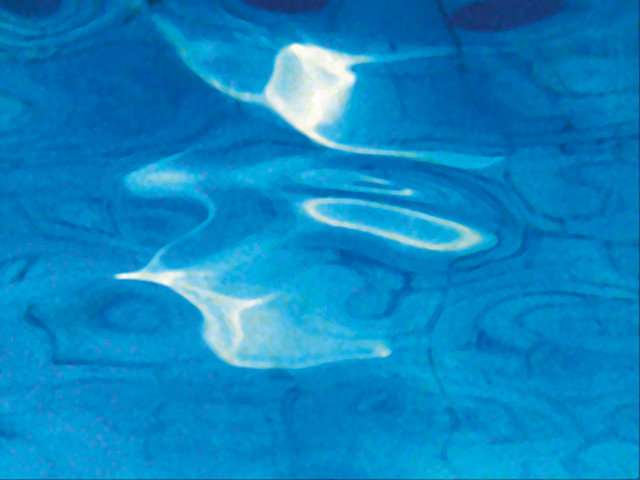Guest Programme: Media City: This Is Then Now And Here
Canadian Films from the Collection of the CFMdC (1967–1979)
Samengesteld door / Curated by oona Mosna and Jeremy Rigsby
The “Canadian sensibility”, according to the literary critic Northrop Frye, is less perplexed by the question “Who am I?” than by the riddle “Where is here?”1 Frye was in no sense concerned with, or even aware of, the practices of structural/materialist2 filmmaking then gaining traction in the 1970s. But this was an arena in which Canadian artists made a significant contribution on an international scale – it remains one of very few disciplines in which Canadian artists have been so visible. It could be that their prominence was at least partly facilitated by materialist film’s demand for what Canadians, in Frye’s formulation, could readily supply: creative imaginations predisposed to and expertly ca- pable of problematizing their environment. For Frye, the Canadian preoccupation with place indicated an emotional and formal immaturity of Canadian letters, diminishing its relevance to the psychological and existential big leagues of world literature. But this “impersonal” position is valorized by materialist film theory and its attempt to purge the cinema of its fictive conventions and spectacular passivity: rejection of illusory, narrativist scenarios, rejection of the identification of audience with object. In retrospect it should be (and has been) asked how much Canadian filmmaking in the 1970s really did conform to the most “rigorous” demands of the materialist project. Some films presented here do incline to other interpretations, stressing the social, sensual or personal aspect of their depicted space. The era and its films are nonetheless worth re-examining in light of the prevalent filmmaking discourse of the time, both to recall the importance and influence of Canadians in this period of film history, and to reconsider the continuing relevance of materialist practices in contemporary filmmaking.
This program presents five films from the collection of the Canadian Filmmaker’s Distribution Centre, rep- resenting some of Canada’s best-known filmmakers. Sites and surroundings are activated through devices such as framing, duration, depth of field and permutation; here this is then and now.
1. Northrop Frye, The Bush Garden: Essays on the Canadian Imagination, 1971
2. By “structural/materialist” we here and afterwards mean that film culture originating primarily around the London Film- maker’s Co-op (1966–1999).



